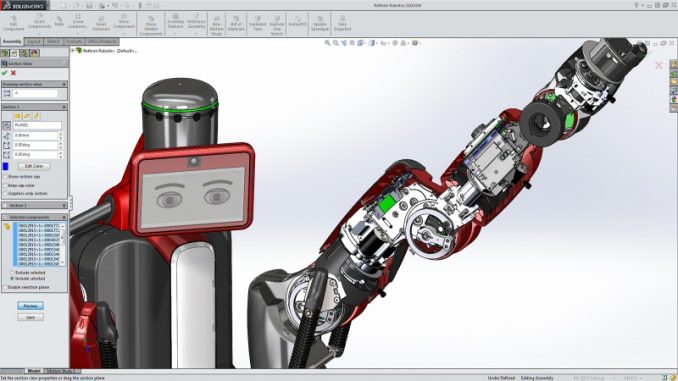

Moreover, this also added hundreds of megabytes to the size of every Windows desktop system.

For instance, a Spanish user would be able to choose from dozens of Thai fonts, even though they might never use Thai. However, this added a large number of choices in font-picker controls and dialogs that would have low relevance for a given user.
SOLIDWORKS 2010 KAUFEN FOR WINDOWS 10
Another key, high-level goal for Windows 10 has been to make the Windows desktop client work better than ever on such lower-cost devices.Īs the international language coverage of Windows continued to grow, this meant that more and more international fonts were present on every system, whether or not the user on a given system had actual need for fonts for other languages. However, whereas Windows desktop was traditionally used on devices with very large storage capacities, in recent years we have seen new form factors such as low-cost tablets that have more limited storage. The Windows desktop client is typically used on devices with less stringent storage constraints, and so it can accommodate a larger selection of fonts. The set of common, UWP fonts is given in this article: In addition, this set of common fonts provides comprehensive Unicode support, accommodating thousands of languages from around the world using a small set of fonts that require only limited disk space. In Windows 10, there is now a common set of fonts guaranteed to be present on all Windows 10 devices, across all Windows 10 editions and across all device categories and form factors. In past releases, there were different sets of fonts that shipped in Windows Phone, Xbox One and Windows desktop client. One requirement for this converged app platform is to have a set of fonts that are common across all of these device categories. UWP enables apps that are written and built once and that can run on a wide range of devices, from Hololens to Xbox and Surface Hub.

Overview of key font improvements in Windows 10Ī key, high-level goal for Windows 10 was for Windows to be a family of operating systems for different device categories that are all built around a common OS core and a shared app platform - the Universal Windows Platform (UWP). The “not defined” glyph in most fonts has the appearance of a rectangular box, or some variation of that. When a character is displayed using a font that doesn’t support that character, a default “not defined” glyph from that font is used. Because the font that the app is trying to use is not present on the system, some other font gets used to display the text instead, and that font may not support all of the characters being displayed. In some cases, these apps have taken direct dependencies on fonts that are not present by default on all Windows 10 systems. But some apps may take direct dependencies on particular fonts for displaying certain Unicode characters and do not utilize the font fallback mechanisms provided by Windows. In certain apps, these changes can lead to the “square box” symptoms when displaying certain international text.Īll Windows 10 editions include fonts that provide broad language support, and the Windows platform includes font fallback mechanisms designed to ensure that text in any language always displays with legible glyphs rather than boxes. More details on these changes are provided below. Some fonts that previously were included in every Windows desktop system have been moved into optional font packages, and so may not be present on all Windows 10 desktop systems. Some fonts that were included in Windows Phone 8.1 are not included in Windows 10 Mobile. A side effect of these changes is that a small subset of existing apps created for earlier versions of Windows or Windows Phone may be affected. Some key improvements have been made in Windows 10 that affect fonts more details on this are provided below.

On Windows 10 desktop, this issue typically involves text in languages other than the languages for which that system is configured, and within certain types of apps that support scenarios in which international languages may be encountered (e.g., browsing the Web, and user notifications in social networking apps). On Windows 10 Mobile, this issue is most likely to involve East Asian languages (Chinese, Japanese, Korean). This issue typically involves text in Middle East or Asian languages (Arabic, Chinese, Hindi, etc.). When running certain apps on Windows 10 desktop or Windows 10 Mobile, some characters display as a square or rectangular box, or as a box with a dot, question mark or “x” inside, while the same app running on earlier Windows or Windows Phone versions did not have this problem.


 0 kommentar(er)
0 kommentar(er)
